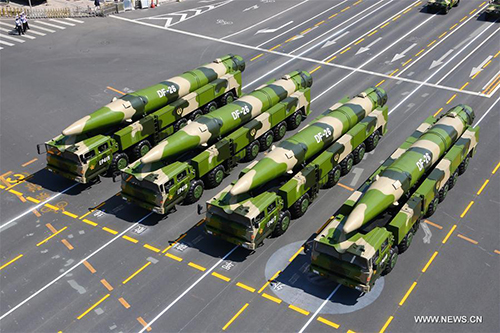Rain-triggered floods affect nearly 55 million people in China
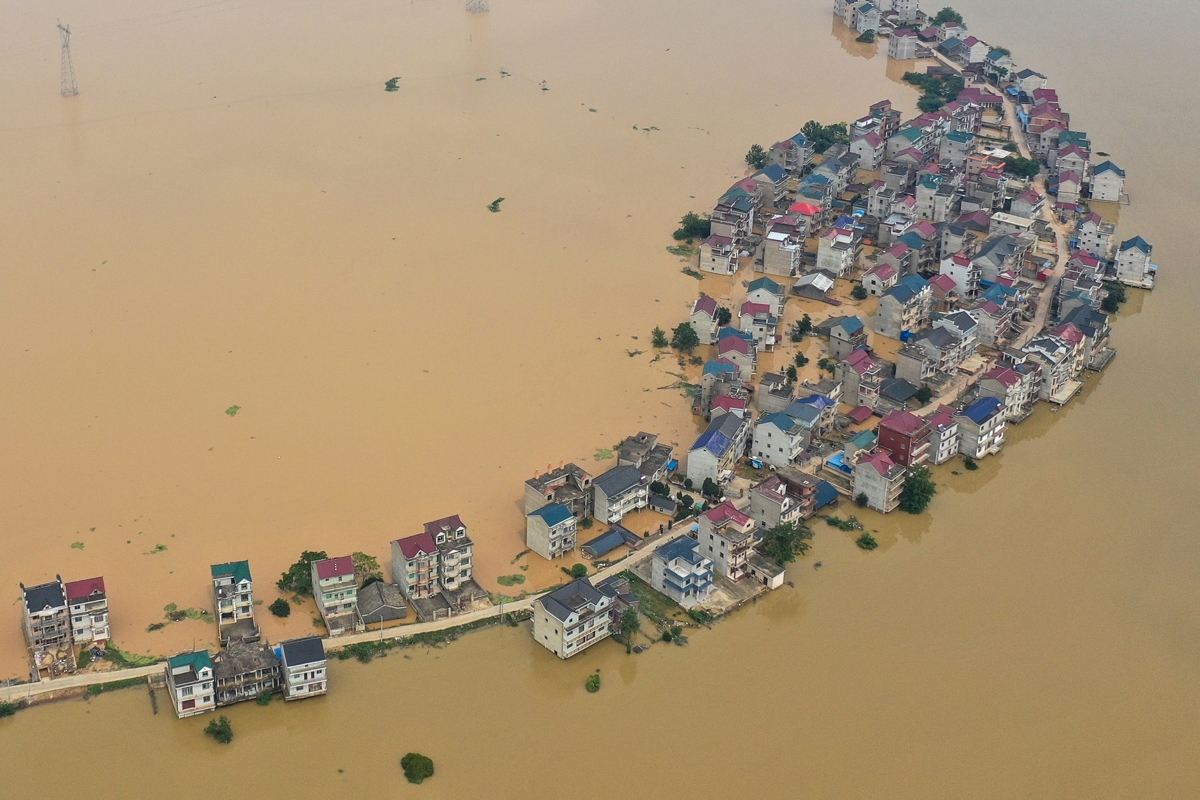 |
| Submerged streets and inundated buildings after a dam was breached due to flooding in Jiujiang in China's central Jiangxi province. Photo: AFP |
China has witness the worst flooding in decades both above and below the Three Gorges Dam along the Yangtze River.
After two months of torrential rains and tremendous flooding across the Yangtze River, Yellow River, and Huai River, China's state-run mouthpiece Xinhua on July 29 cited the Ministry of Emergency Management as saying the "rain-triggered floods" have affected 54.8 million people in 27 provincial-level regions, as of July 28.
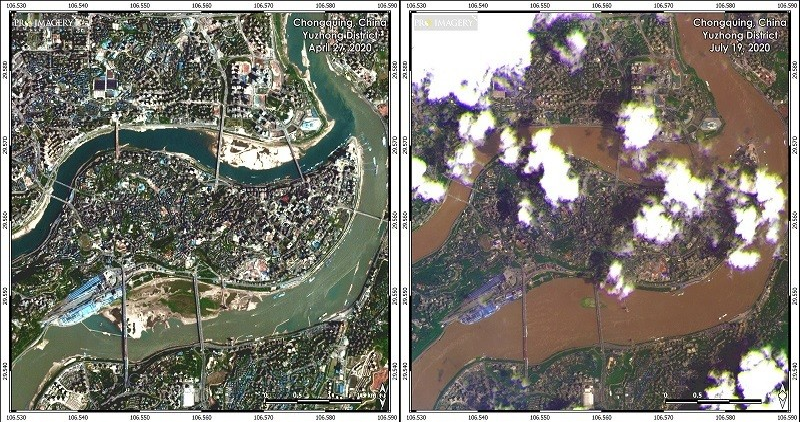 |
| Chongqing April 27 (left), July 19 (right). (Prolmagery satellite images) |
Despite the vast scale of the disaster, the government is reporting a miraculously low 158 dead or missing, a drop of 53.9 percent from the five-year average, Taiwan News reported
Xinhua says that 3.76 million people have been evacuated from flood-ravaged areas. Amid the onslaught, 41,000 homes have collapsed and 368,000 have been damaged.
A total of 5.28 hectares of farmland has been damaged, and direct economic losses have climbed to 144.43 billion Chinese yuan (about USD 20.66 billion). Compared with the average over the same period in the past five years, the number of people affected by floods this year has increased by 23.4 percent, the number of evacuations by 36.7 percent, and direct economic losses by 13.8 percent.
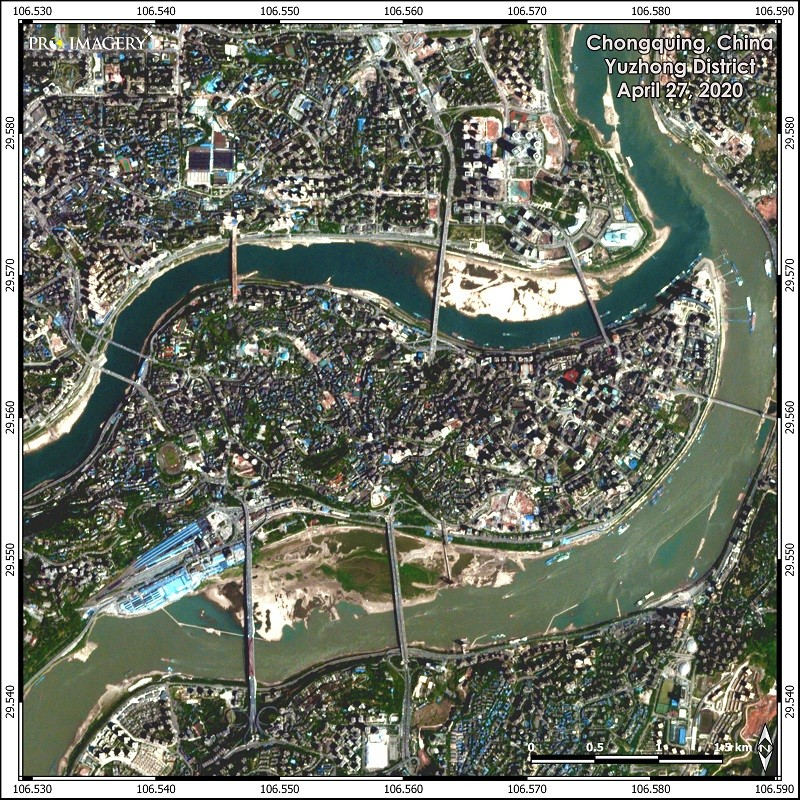 |
| Chongqing's Yuzhong District, April 27 (ProImagery satellite photo) |
Chongqing, which sits at the headwaters of the dam on the Yangtze River, began experiencing torrential rain and severe flooding on July 15. Tremendous downpours beginning that day caused severe flooding across the city, with 188,025 people in 19 districts and countries affected, as well as 1,000 houses destroyed and 6,000 hectares of crops inundated, reported China News Service.
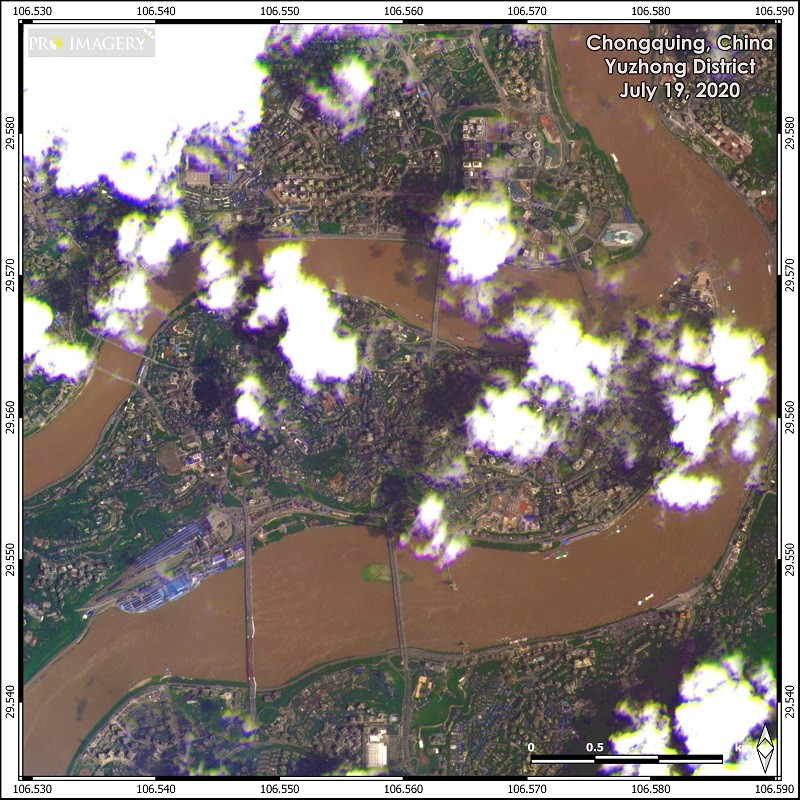 |
In a before and after comparison of Chongqing's Yuzhong and Nan'an Districts, what were once sandbars, islands, and docks in April are replaced in July with a thick, brown soup that covers the entire span of bridges, threatening to swallow them up. River traffic of boats carrying goods seems to have dropped to zero by July, calling into question the communist country's ability to maintain the alleged 3.2 percent GDP growth it claimed for the second quarter.
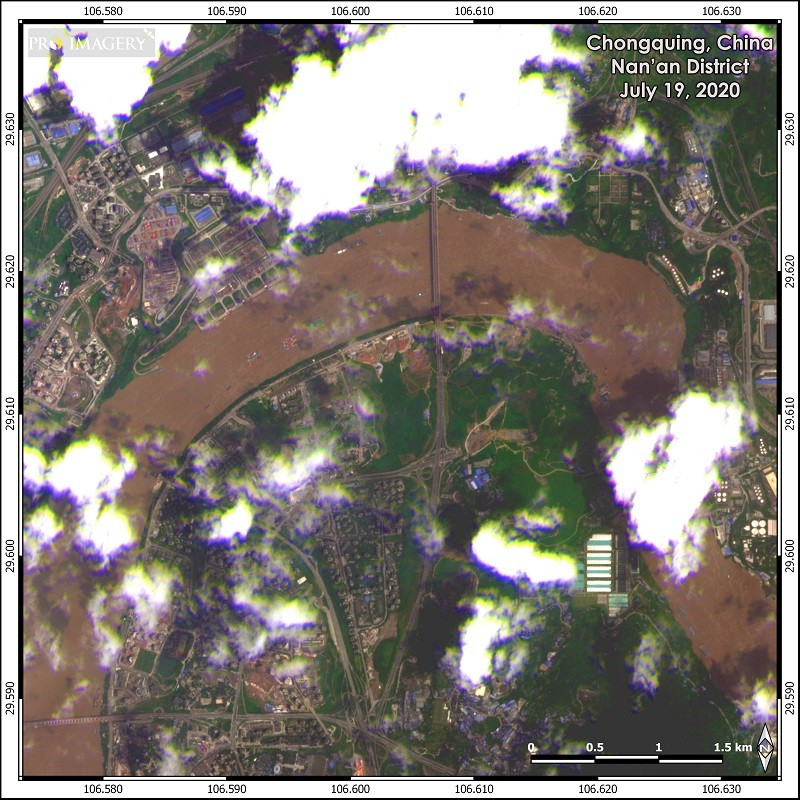 |
| Chongqing, Nan'an District, July 19 (ProImagery satellite photo) |
Wuhan, the site of the catastrophic coronavirus (COVID-19) outbreak sits on the Yangtze River below the Three Gorges Dam and thus is at the mercy of the colossal dam's floodgates. Tremendously elevated water levels seen in Wuhan late June caused residents to suspect the Three Gorges Reservoir has been kept low by unleashing the sluice gates out of fears that this summer's floods upstream would overwhelm the mammoth showpiece project.
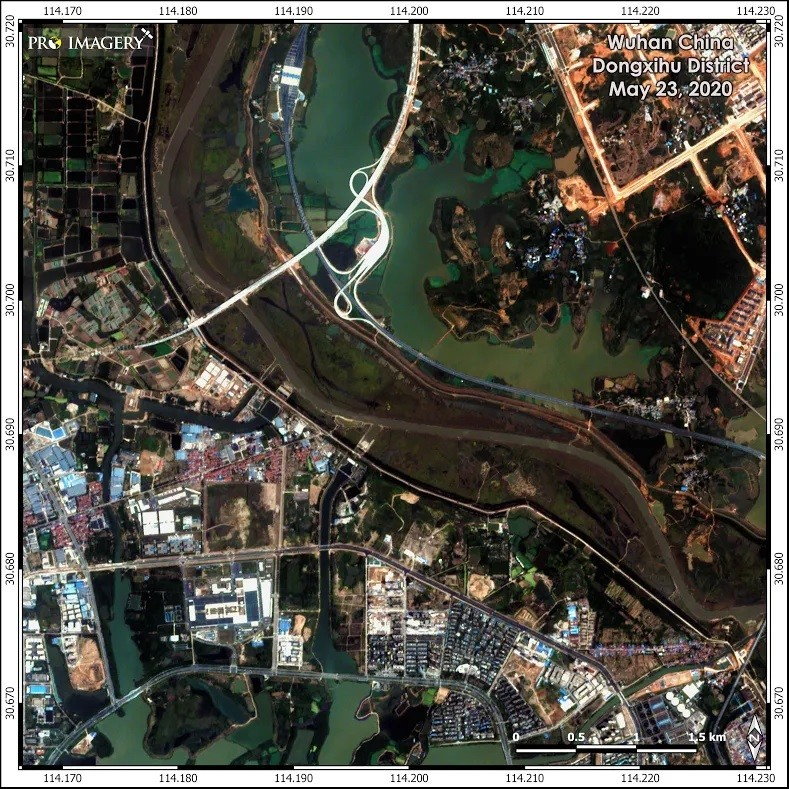 |
| Wuhan, Dongxihu District, May 23 (ProImagery satellite photo) |
On July 17, China's state-run mouthpiece Xinhua reported that the "No. 2 Flood" of 2020 had formed on the upper reaches of the Yangtze River. When the massive flood impacted the Three Gorges Dam, the inflow reached 61,000 cubic meters per second by 8 a.m. on July 18, marking it the biggest flood to hit the dam at that point.
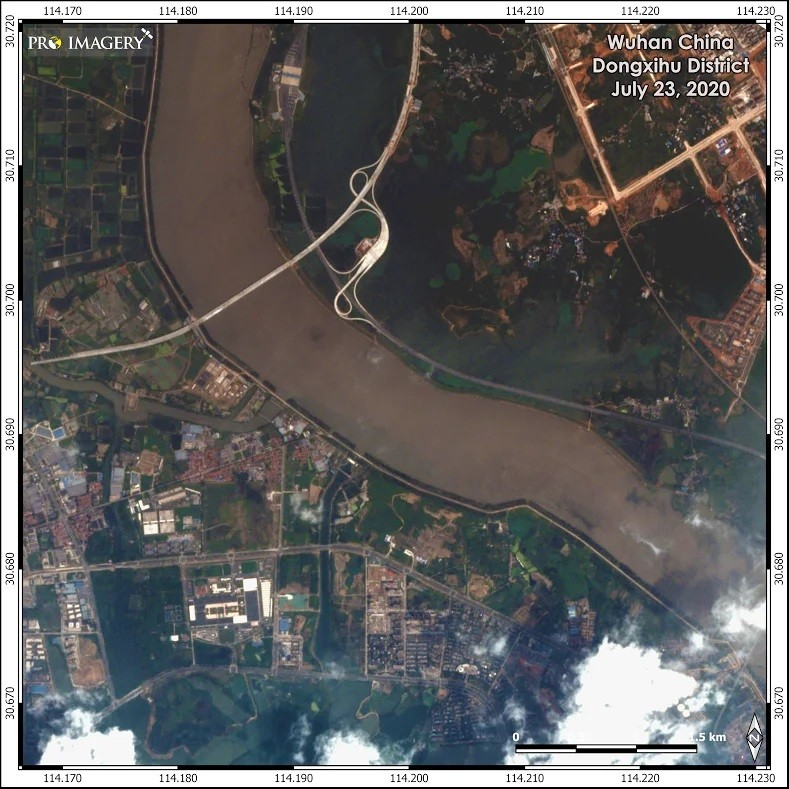 |
| Wuhan, Dongxihu District, July 23 (ProImagery satellite photo) |
In addition to a floodwater inflow rate of 61,000 cubic meters per second, the outflow rate has been 33,000 cubic meters per second. As can be seen in the photos below, by July 23, the water level of the Yangtze river is many more times its size less than two months ago with the tops of trees visible in the middle of the greatly engorged river.
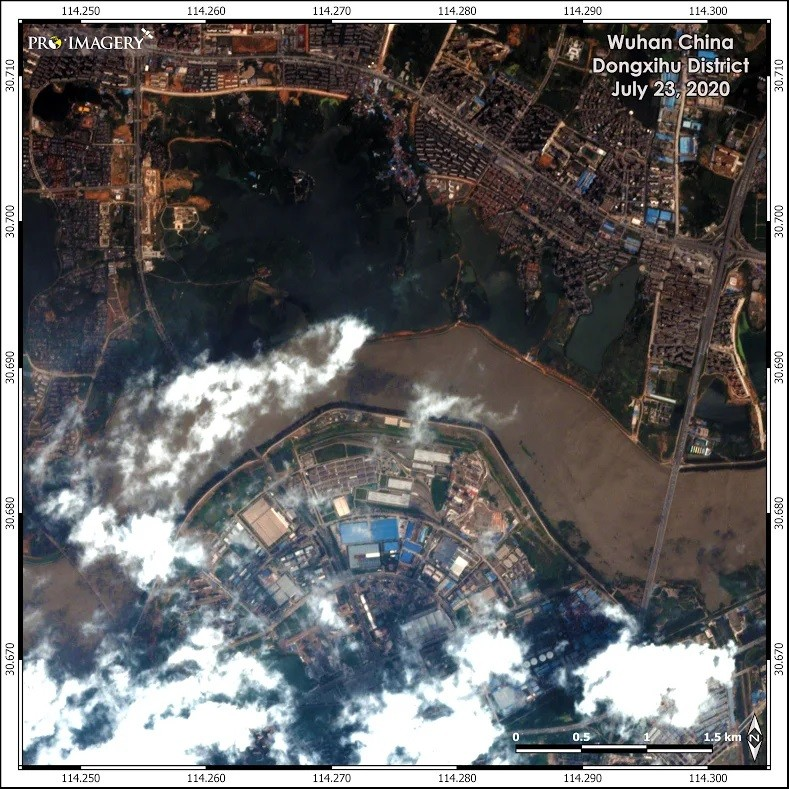 |
| Wuhan, Dongxihu District, July 23 (ProImagery satellite photo) |
Nanchang sits on Poyang Lake, China’s largest freshwater lake, which is situated on the lower reaches of the Yangtze River and is affected by the outflow of the Three Gorges Dam. In previous years, the dam has been blamed for causing Poyang Lake to shrink up and almost completely evaporate in 2016.
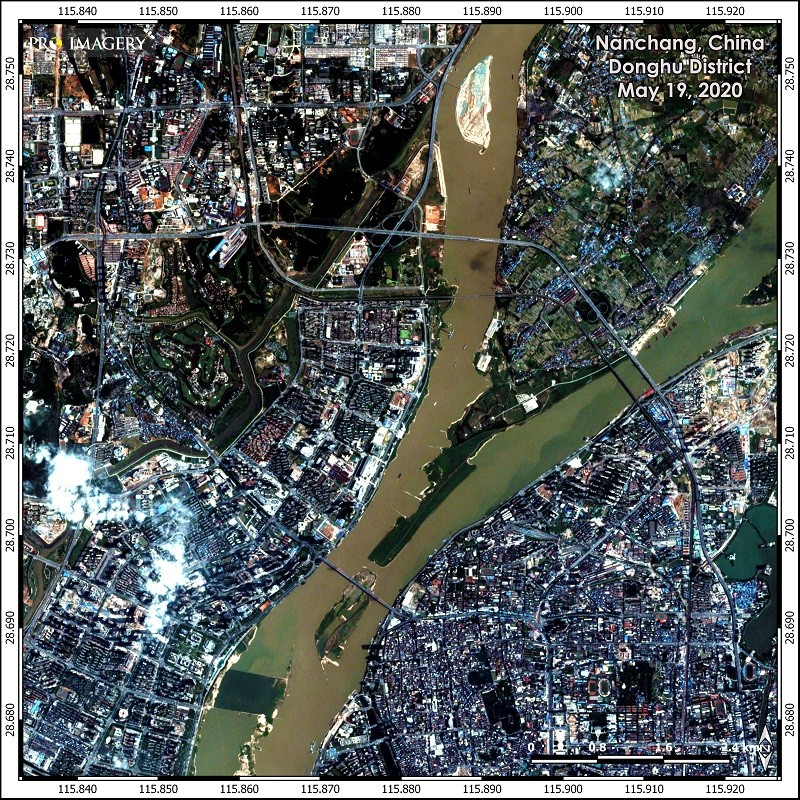 |
| Nanchang, Donghu District, May 19. (ProImagery satellite photo) |
On July 18, Chinese state-run media reported that firefighters finished filling in a 188-meter (620-foot) break on Poyang Lake that had caused widespread flooding across 15 villages and agricultural fields in Jiangxi province after a dike had given way nine days prior. More than 14,000 people were evacuated.
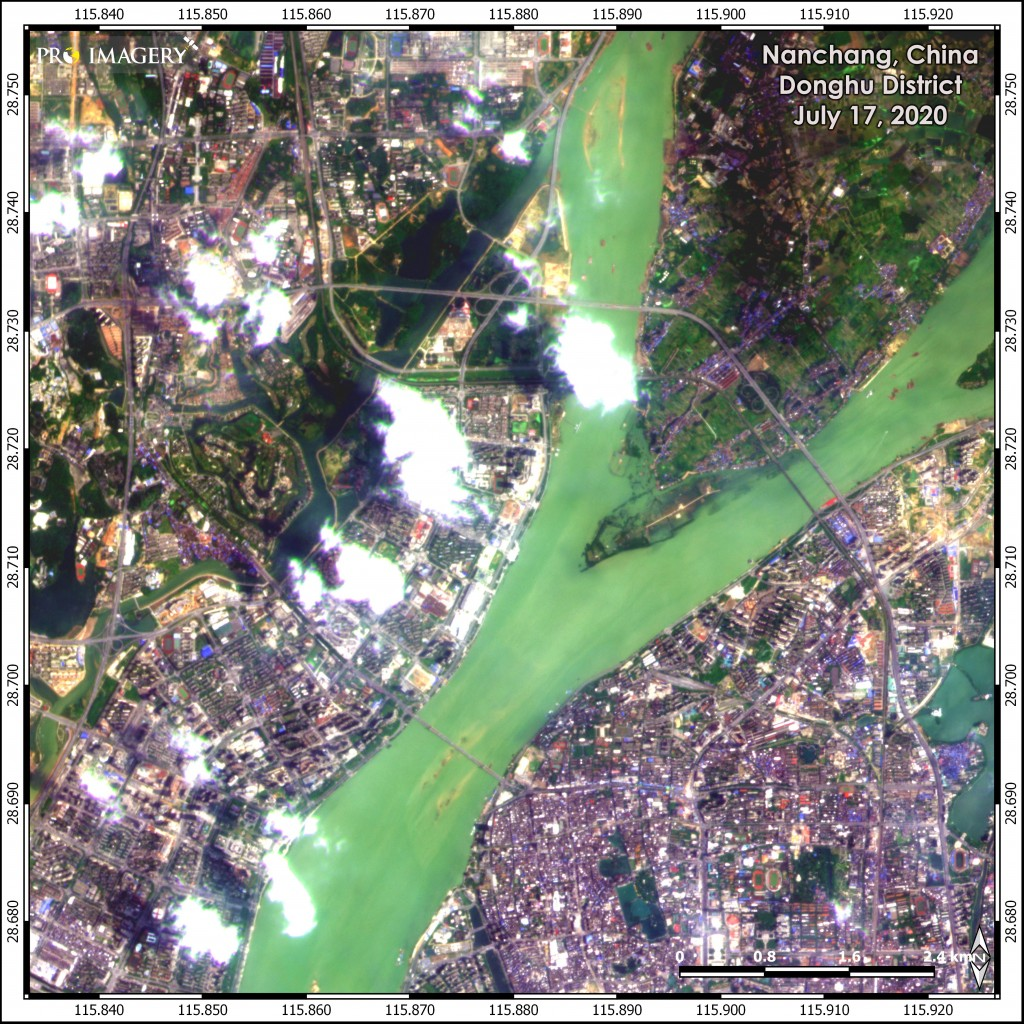 |
| Nanchang, Donghu District, July 17. (ProImagery satellite photo) |
What appear to be islands and riverfront green areas on May 19, are completely submerged by what resembles a bright green ooze by July 17.
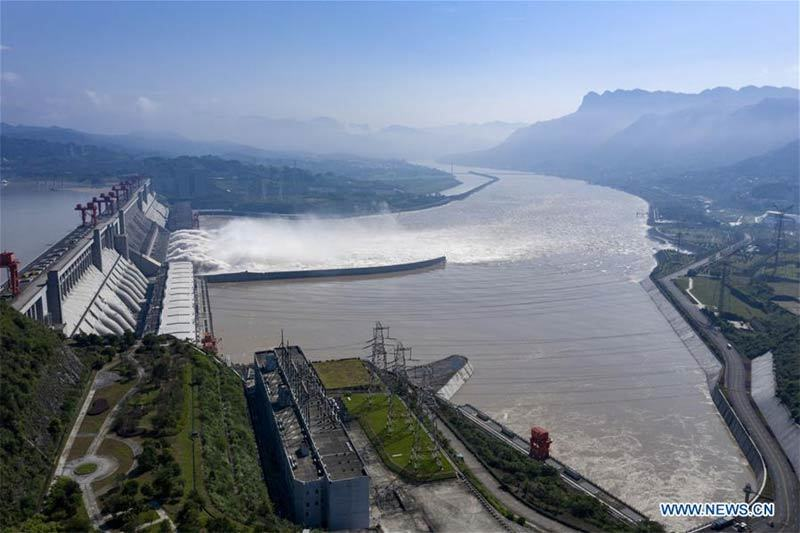 |
| Aerial photo taken on Aug. 2, 2020 shows water gushing out from the Three Gorges Dam in central China's Hubei Province. According to the Changjiang Water Resources Commission of the Ministry of Water Resources, reservoirs along the upper and middle reaches of Yangtze River, including the Three Gorges Dam and the Gezhou Dam, have held back over 30 billion cubic meters of floodwater since July this year. Photo: Xinhua |
As bad as these floods were, the Changjiang Water Resources Commission of the Ministry of Water Resources on July 26 announced the "No. 3 Flood" was striking the upper reaches of the Yangtze River Basin. The mammoth flood surged down the Jialing River, a tributary of the Yangtze, submerging the ancient town of Ciqikou and inundating low-lying areas of the megapolis Chongqing, including its famous landmark Chaotianmen, according to Taiwan News./.
Recommended
 World
World
Pakistan NCRC report explores emerging child rights issues
 World
World
"India has right to defend herself against terror," says German Foreign Minister, endorses Op Sindoor
 World
World
‘We stand with India’: Japan, UAE back New Delhi over its global outreach against terror
 World
World
'Action Was Entirely Justifiable': Former US NSA John Bolton Backs India's Right After Pahalgam Attack
Popular article
 World
World
Nifty, Sensex jumped more than 2% in opening as India-Pakistan tensions ease
 World
World
Easing of US-China Tariffs: Markets React Positively, Experts Remain Cautious
 World
World
India strikes back at terrorists with Operation Sindoor
 World
World



